Hammer hits home: “Experiment – change up your production process and try something new”
The Northern Irish artist talks about his record label, Remmah, and goes deep into some production insights
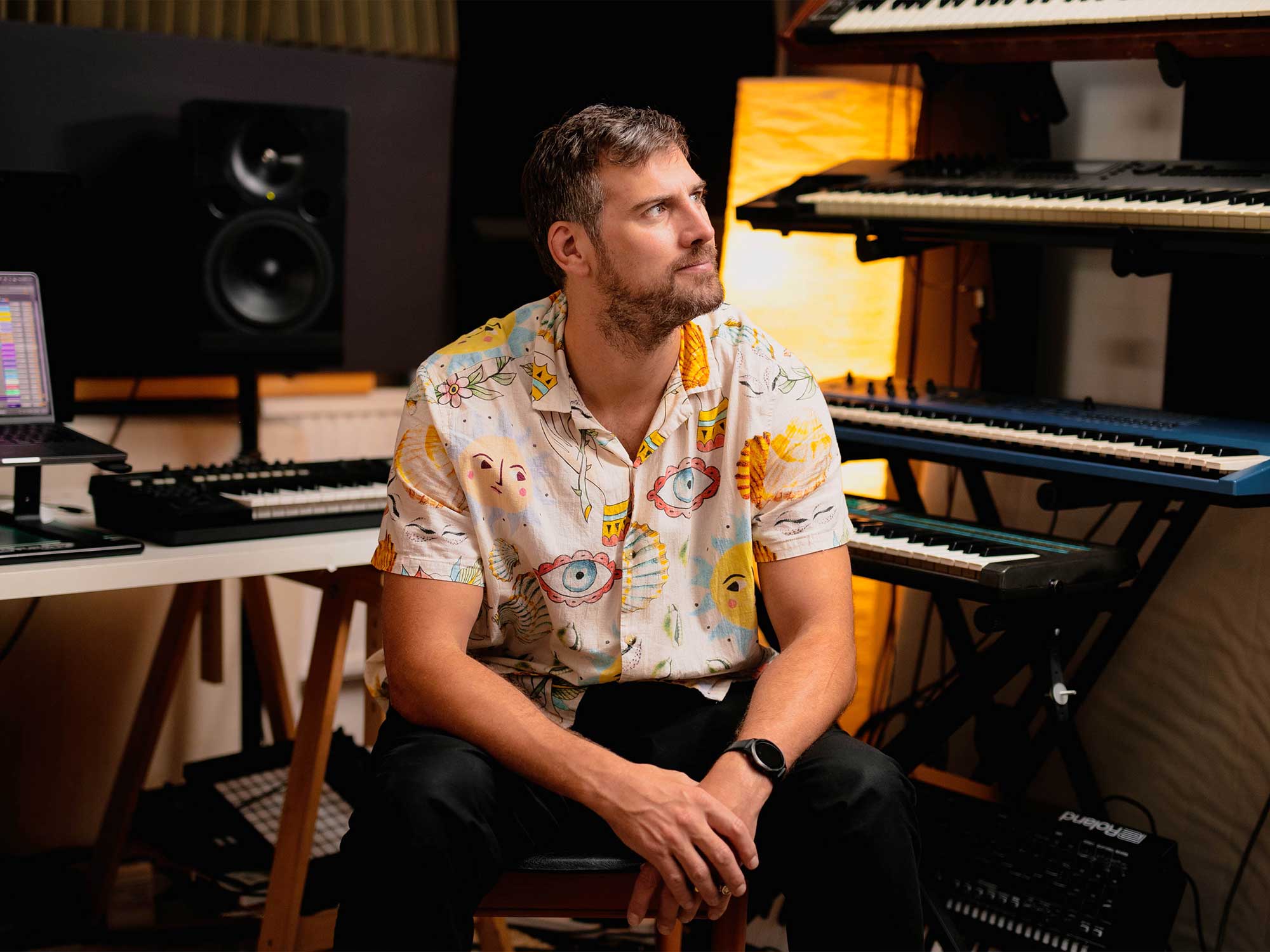
Northern Irish producer Hammer adopts an old-school approach to production and dance music. The Belfast-born artist uses analogue gear to create cinematic pads and Italo disco-leaning leads over driving drums that have hit the spot in cavernous rave spaces.
The high energy continues on Hammer’s record label, Remmah. The label’s new release, an eight-track compilation championing new talent, is delightfully varied but ties together with an atmosphere of pure ecstasy.
Hammer shows you around his luscious London-based space, talking about the gear and the ideas behind the release.
Hi, Hammer! Tell us about your new record label, Remmah.
The idea behind Remmah is to put out music that I love making, without having to edit or select tracks to suit a particular label. The main catalyst for starting the label was to release my music during lockdown. I started getting sent amazing music from other artists, such as Anna Gram, and the label developed from there – I knew that upcoming artists had music that needed to be released and given the credit they were due.
Tell us about the artists you’ve brought in for Remmah Rundown.
The compilation has a lovely mix of artists including Anna Gram, Stevie Cox & Fossil Archive, KILIMANJARO, Naum Gabo, and Phonica’s Ysanne. Talents from further afield are Mexico’s Alf Champion & MNDHNTR, LA’s Club Tularosa and Tokyo’s Remmy.
It’s a variety of established and up-and-coming talent, past Remmah artists, good friends and new producers we are welcoming to the family.
Can you tell us a bit about your studio?
I’ve been in the same building in London for about five years but, just before lockdown, we rented the room next door and converted it from a fashion studio to a music studio. My friend Alex Anderson (Inner Zone) and I spent three months building the studio, including constructing two new soundproofing walls, a second door, acoustic panels and shelving.
It was a big project as we designed it ourselves to be fully functional, work with both our sets of equipment, have the flexibility to share it with friends/other producers, and ultimately, we wanted the studio sound to amazing.
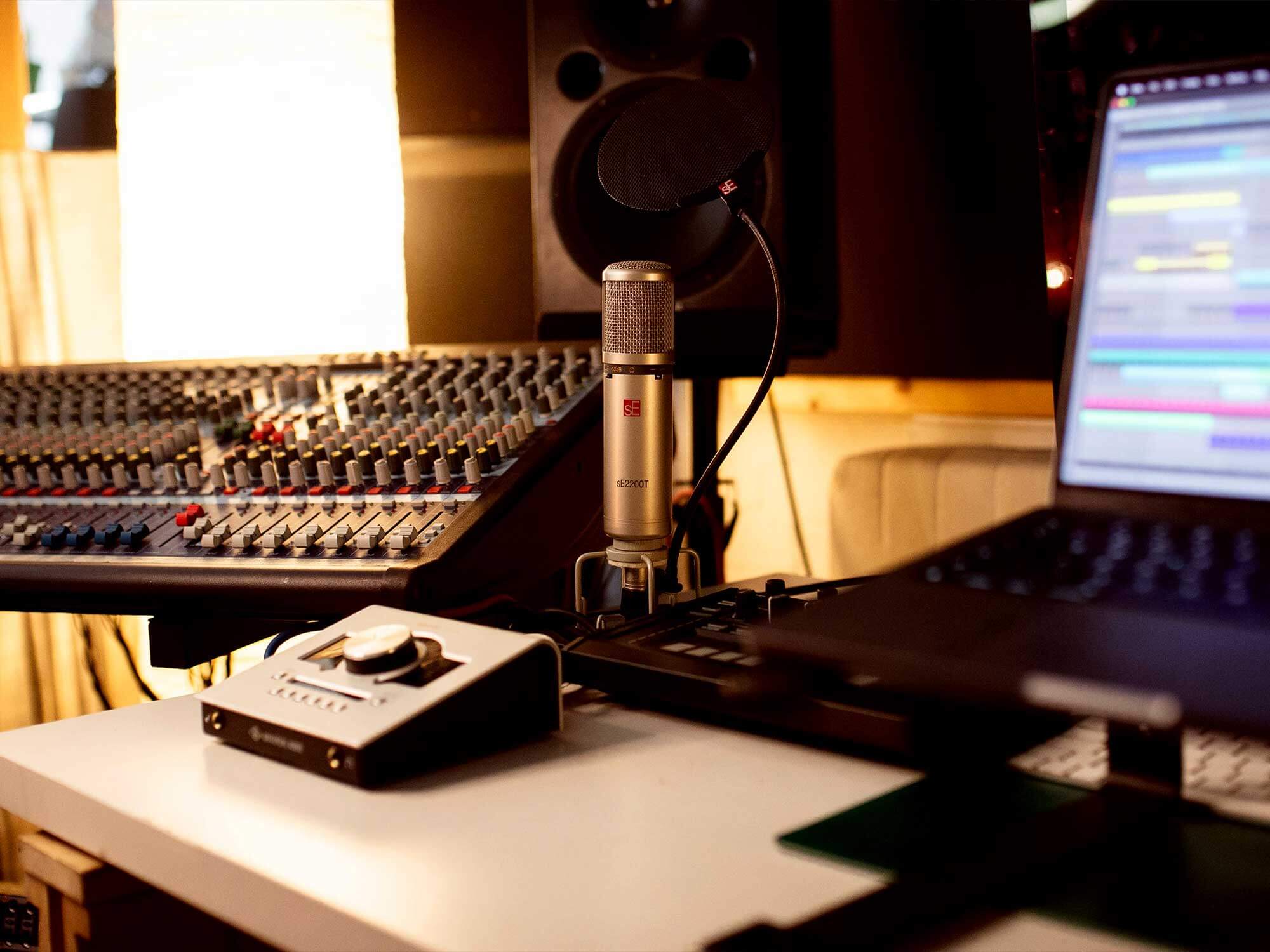
How do you use your studio?
I share the studio with Alex Anderson and Saoirse, using it myself three days a week. I get my ideas and inspiration from all over the place, but develop them in the studio, recording as many analogue drums, effects and synth lines as possible so I can also work remotely. I have everything set up via Dropbox so when I go home everything uploads immediately to my laptop and I can carry on working, chopping things up and working on layouts. I find varying my environment helps with my creativity but I always go back to the studio to mix down the pre-masters.
What is your favourite piece of gear?
This changes like the seasons. I always have a period where I delve into an effects unit, and that shapes the sound of that time. But with that said, hands down my Yamaha CS1-x synth is my ongoing favourite – it was the first synth I ever bought and its so diverse. It has played a part in every track I’ve ever made.
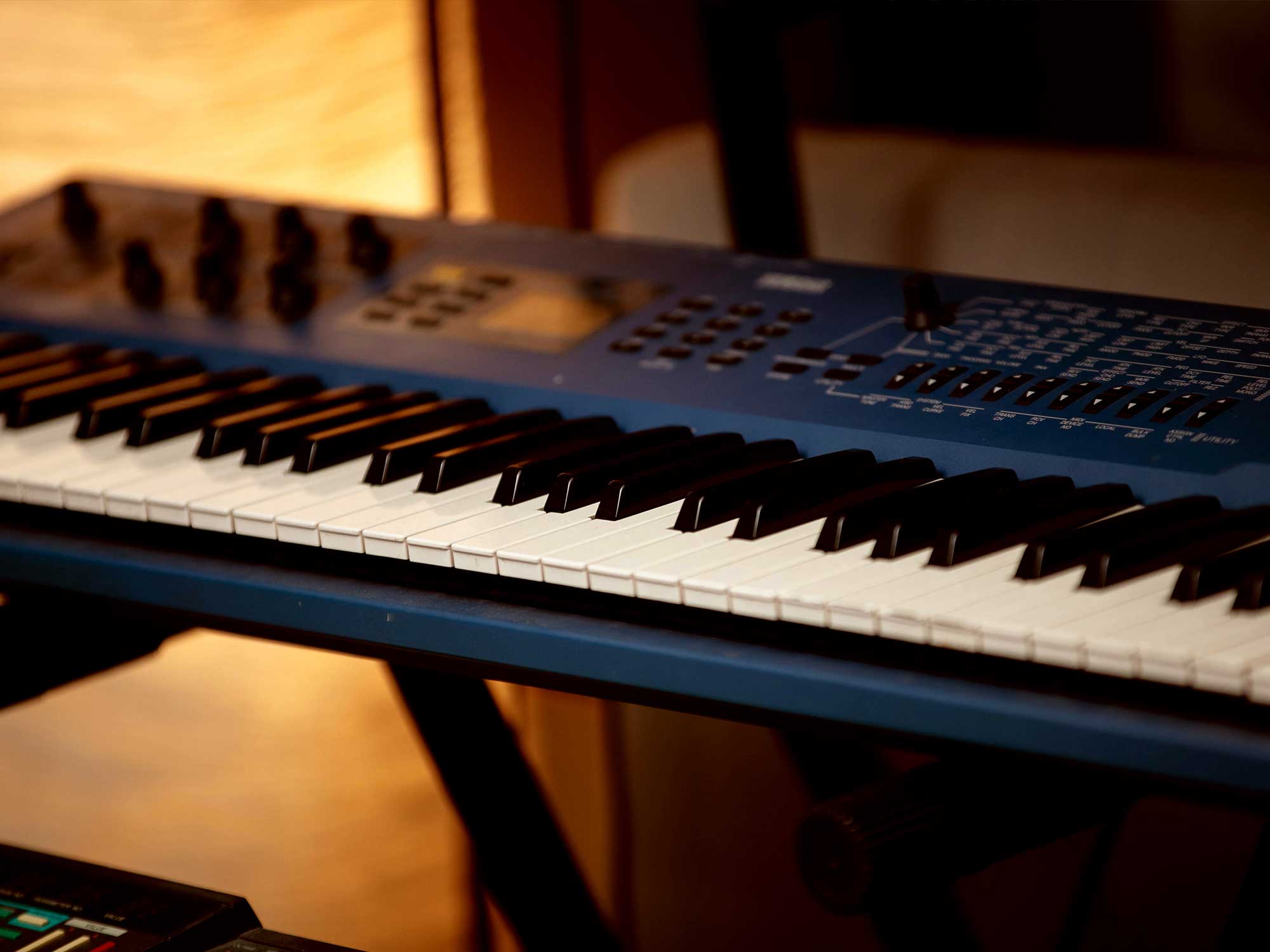
Your track Synco has a very raw, bleep-y sound. How was this created?
I made this track with Ysanne in one of our first studio sessions. To keep the creativity flowing, I dug out my Boss VT-1 Voice Transformer and plugged Alex’s sE Electronics condenser mic into it.
The VT-1 is essentially a vocoder that also adds a nice colour to the sound. I always find changing your workflow can be exciting in the studio, especially in a collaborative situation. This created the basis of the track. We used a Roland SH-2 for the bassline, sending MIDI patterns from Ableton Live via my Roland SBX-1 Sync Box – which is amazing but annoyingly discontinued. We used a Roland JV-2080 for that bleepy sound, it is packed with amazing presets and you can get great artist-made presets online too.
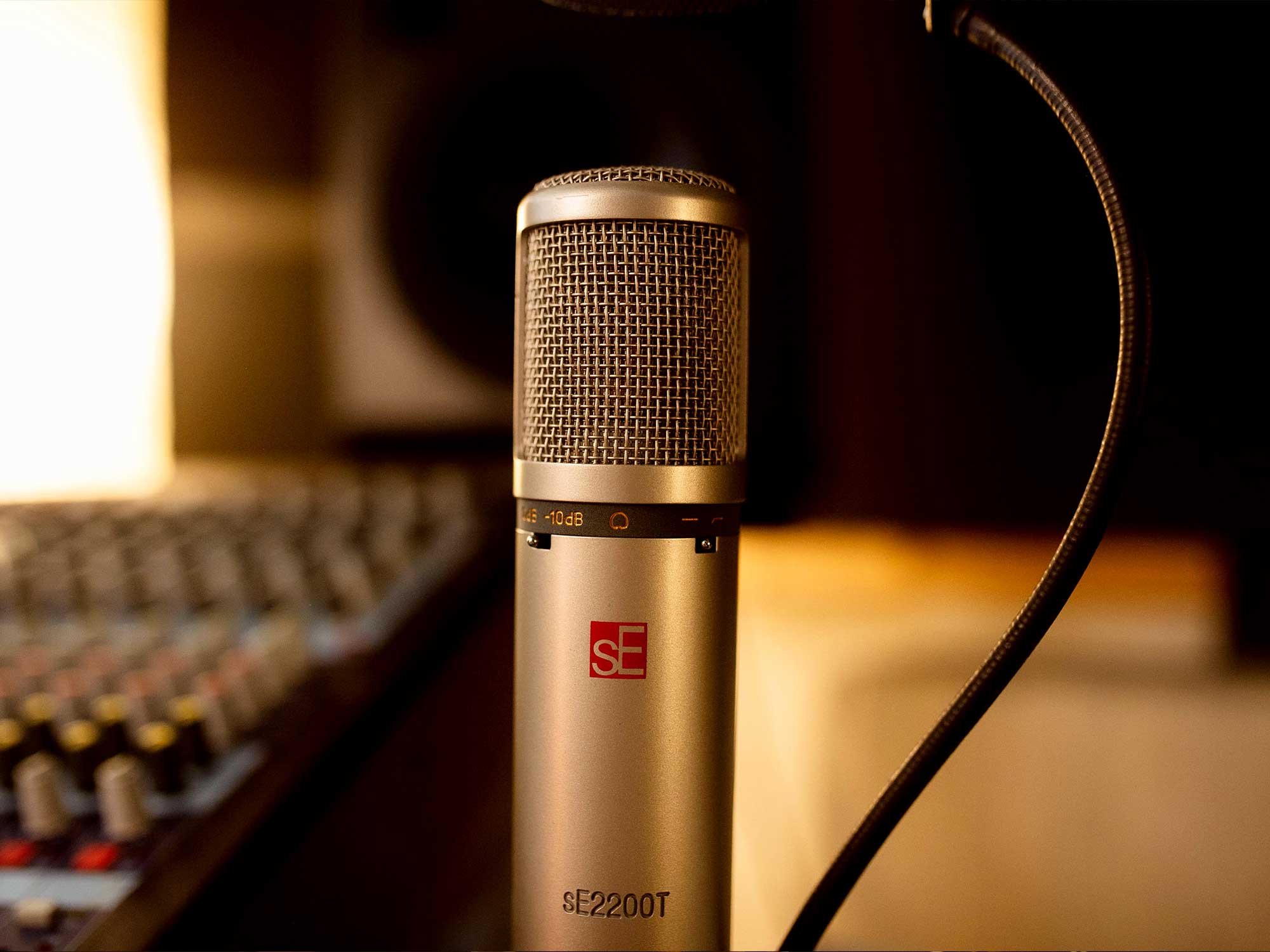
What is next on your shopping list studio-wise?
The Roland Juno-X. I love playing on my friends Juno 106 and particularly the Juno 60. The Juno-X combines these and more, and I’ve high hopes after reading some great reviews.
If you were left on a desert island, what one item would you take with you to make music with forever?
It would be an audio recorder. When I was stuck on Isle of Arran during the first lockdown, that was essentially my desert island. But during that time, I had some of my most creative artistic periods in years. I walked every day and recorded sounds, then went home and made tracks based around these sounds and how I was feeling that day. These tracks were the basis for Remmah Records.
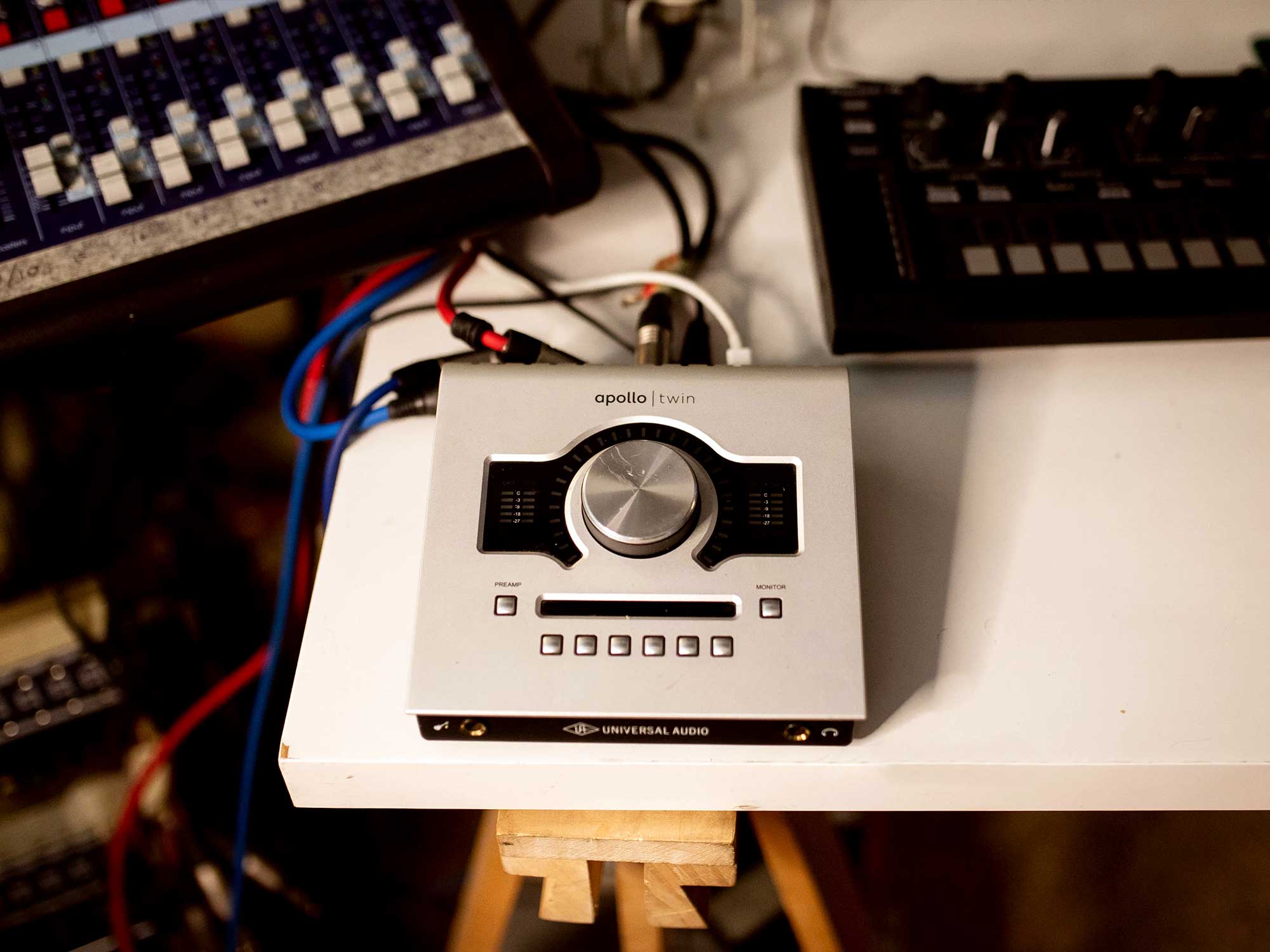
What is your top piece of production advice?
Experiment. Change up your process and try something new. For example, pull out a mic if you hit a creative wall and start sampling yourself.
What is the one piece of advice you would give someone starting out building a studio?
Work out your budget and don’t be afraid to ask for advice. If you can afford to get someone to build it, do it. We spent three months building ours and it probably would have taken two weeks for a professional. But it was an amazing experience and was what we could afford.
Check out Remmah Rundown via Bandcamp.